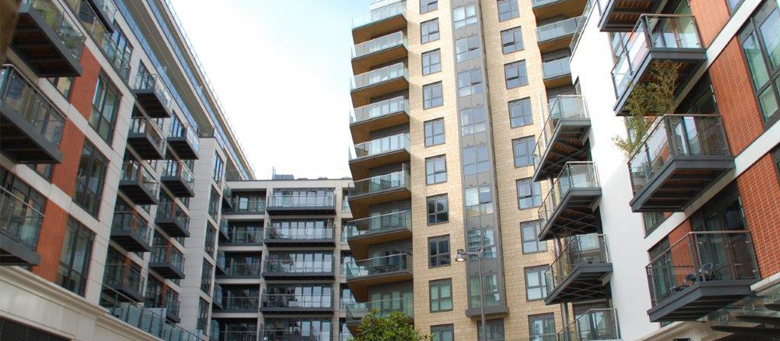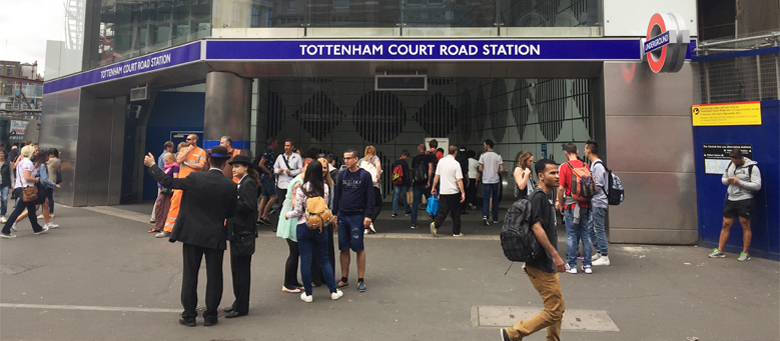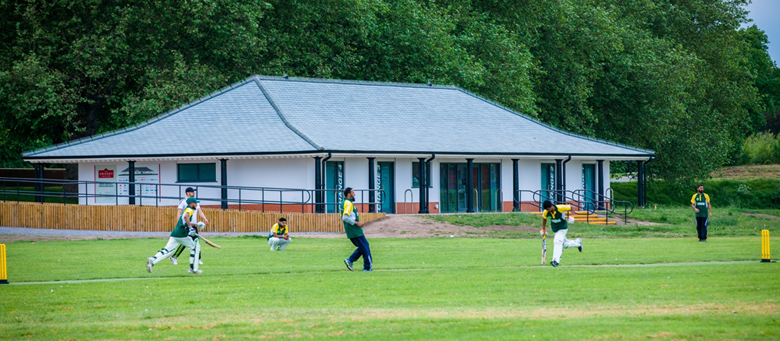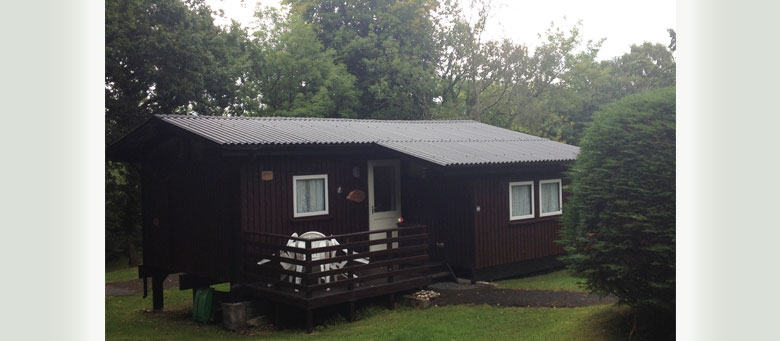Technical Editor, Bruce Meechan hears from Ged Ferris of Cembrit about the wide selection of board products the manufacturer can offer for internal and external construction applications.
The term one-stop-shop may be over used in the UK building products supply chain, but the range of boards offered by long-established manufacturer, Cembrit can provide specifiers with solutions to every sort of challenge from interior refurbishment and the creation of wet rooms within social housing units, to some of the most daunting logistical demands faced by burgeoning offsite or MMC sector.
The majority of the board options offer not just excellent physical characteristics, but a strong lineage and a long track record of service, both here and on the Continent.
As UK Marketing Manager, Ged Ferris, commented during our interview: “We have the product range to facilitate the needs of everyone from offsite system fabricators to refurbishment specialists and the growing self-build market.
Not just a Five-star range, but a range with five main stars and many product variations: Cembrit’s flat boards encompass all the key performance parameters including moisture resistance, fire resistance and structural strength, as well as providing a versatile substrate for commonly used finishes.
THE RANGE General purpose and specialist requirements solved by Cembrit’s boards
The product within the range which has shown the most rapid growth across the market is PB: a versatile tile backer or render backer board, mainly being used for the refurbishment of bathrooms, it is popular due to its low weight and ease of cutting which facilitates installation, and the robust long term performance. Cembrit has developed a version called Flex which can be fixed down to radii of just 150 mm. Both conventional PB and Flex features polystyrene spherules and an edge reinforcement detail that uses a special fabric allowing butt jointing and fixings close to edges for maximum rigidity. Flex installations might then form a column casing that would be rendered over or covered with a small format mosaic.
Where social housing providers are seeking to fit out full wet rooms for those who might need assistance with personal care, then there is also a Special Performance board which was originally developed for use in places like swimming pools.
The biggest seller still, though in terms of volume is Cempanel which is primarily specified for dry-lining and sheathing: the internal skin to a rainscreen cladding build up. Depending on dimensions, Cempanel can also take racking loads: being produced in thicknesses of 8, 10, 12 and 16 mm. It is also often used as a render carrier in exterior applications.
The FR board can provide up to 120 minutes of fire resistance and is widely specified for soffits in corridors, lift lobbies and other communal areas to buildings where the consideration of escape routes and combating the surface spread of flame are essential.
Ged Ferris added: “We see our board range as being of particular value to manufacturers of modules, pods, timber frame panel systems and other prefabricated solutions. They could even form the face to SIPs (Structural Insulated Panel) systems.
“As well as the merchant stockist, clients can also purchase through ‘optimizers’ – board cutting specialists who supply the exact sizes they need to make our standard product coordinate with elevation widths, window openings and things like flues or other service penetrations. It will also be a real advantage to customers that such a comprehensive selection is available from a single source.”
Responding to market demand, Cembrit is also making its cladding boards available as BIM objects in partnership with its Scandinavian parent company. These can be viewed via the company’s website at www.cembrit.co.uk or by contacting the company’s technical advisory service via email.













